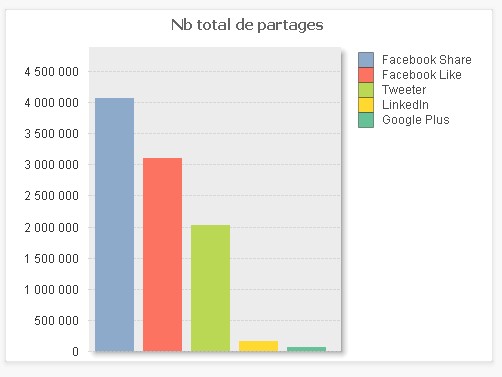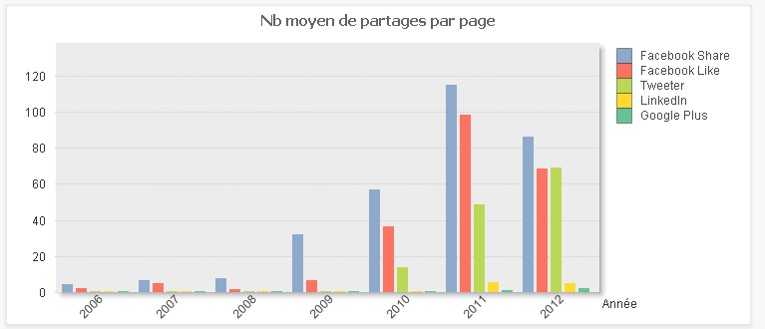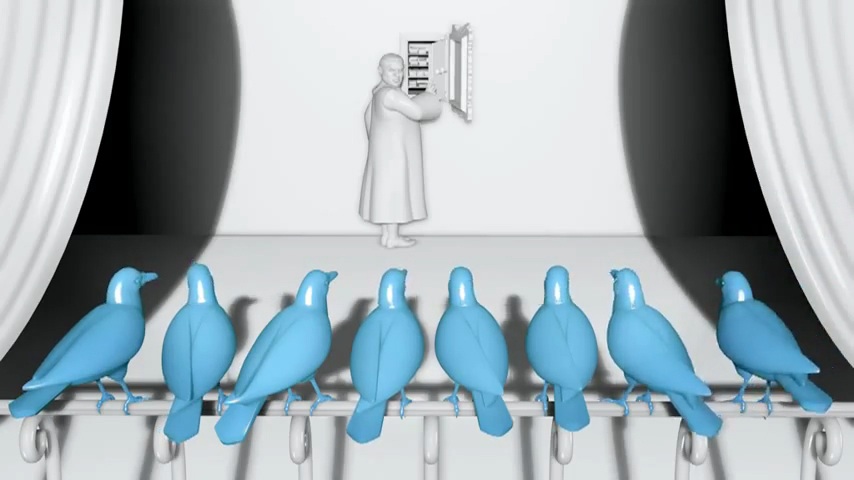In the space of a few years, Twitter has established itself as one of the most popular and, above all, the most impactful social media. Indeed, if the number of active users on Twitter is estimated at only 180 million (out of a total of 500 million users), this social network is considered an essential media for multiple reasons.
Note: This chapter published in 2014 is the 5th in a series of course on Social Media, the summary of which can be found here. Since then, the figures concerning X (formerly Twitter) have obviously evolved since, but the spirit of the social network is still the same and the aim here is to introduce what it is about for newbies, before tackling more specialized subjects in the chapters to come.
What is Twitter?
Twitter is a social network said of microblogging, in the sense that it makes it possible to publicly (or privately) issue tweets (gazouillis in French), that is to say short messages of 140 characters maximum, to a list of followers (of subscribers).
The key figures for Twitter in 2013
Several studies, including that carried out by the Ipsos institute, highlight the following figures:
- 5.5 million members in France out of 517 million worldwide
- 2.3 million “assets” (i.e. 5% of the French population aged over 15)
- 79% between 15 and 34 years old
- 41.6% of CSP+ (including 19% of senior executives)
- 55% of men
- 33% live in IDF
- 81% connect via mobile
- 16% of 16-24 year olds prefer it to Facebook
Twitter therefore has a mobile predominance, concentrating young people and young adults, the latter being largely CSP+.
Twitter in terms of social volume
What share does Twitter represent in terms of social shares compared to its competitors? According to a study carried out by the OneClic agency based on 200,000 page views of the LeMonde.fr site, between July 15 and August 10, 2012, Twitter had 2 million shares, compared to 7 million on Facebook.

There is therefore, on one of the two best-known French news sites, 3.5 times more Facebook shares than Twitter, which constitutes a relatively not so big gap when we know the differences in attendance of the two social platforms.
In addition, this same study shows a substantial evolution of shares via Twitter, the volume of which tends towards that of Facebook from year to year:

Typology of tweeters
Who are the tweeters? The IPSOS study tried to answer this question by classifying users according to what they do with this micro-blogging tool.
- First of all there are the followers, who represent 14% users and who are mainly on Twitter to get information. They never or very rarely tweet.
- Then come the intimate, whose share would represent 36% of total users, who tweet but to a mainly restricted audience. There is no desire among the intimists for visibility, nor a defined strategy.
- THE chatters represent 31% and tweet to a wider audience. Unlike the intimists, they participate publicly in the discussion and intervene wherever they see fit. However, here again, there is no influence strategy or ulterior motive linked to the desire to “weigh” on the network.
- THE influencers, which amount to 17%, who are genuinely seeking to be visible and grow their number of followers in order to exert influence on Twitter. Men and young people are over-represented in this category.
Other interesting figures:
– 45% of respondents believe that Twitter has become an essential media or necessary on a daily basis.
– 58% are there to find out about current events in general, and 48% on a particular subject.
This IPSOS study was carried out from March 1 to 2 and March 8 to 9, 2013 with a sample of 2,029 people constituting a national sample representative of the French population aged 15 and over.
Conclusion: what is Twitter?
Through its microblogging service, Twitter has become a essential media over which reign – if we should describe them roughly – the takers of general information, the seekers of precise information, the chatters and commentators (on news, entertainment or their private lives), as well as the transmitters information (influencers, stars, companies, politicians, institutions, etc.).
Let's now see what uses we can make of Twitter when we are a company, and what interest Twitter presents in the implementation of a Social Media strategy...
Chapter 3: Uses and best practices on Twitter »
« Chapter 1: The 10 best tips for effectively running your social networks

2 Responses
What is your source for key figures?
The Ipsos institute:
http://www.ipsos.fr/ipsos-public-affairs/actualites/2013-11-05-usages-et-pratiques-twitter-en-france-focus-sur-twittos-actifs